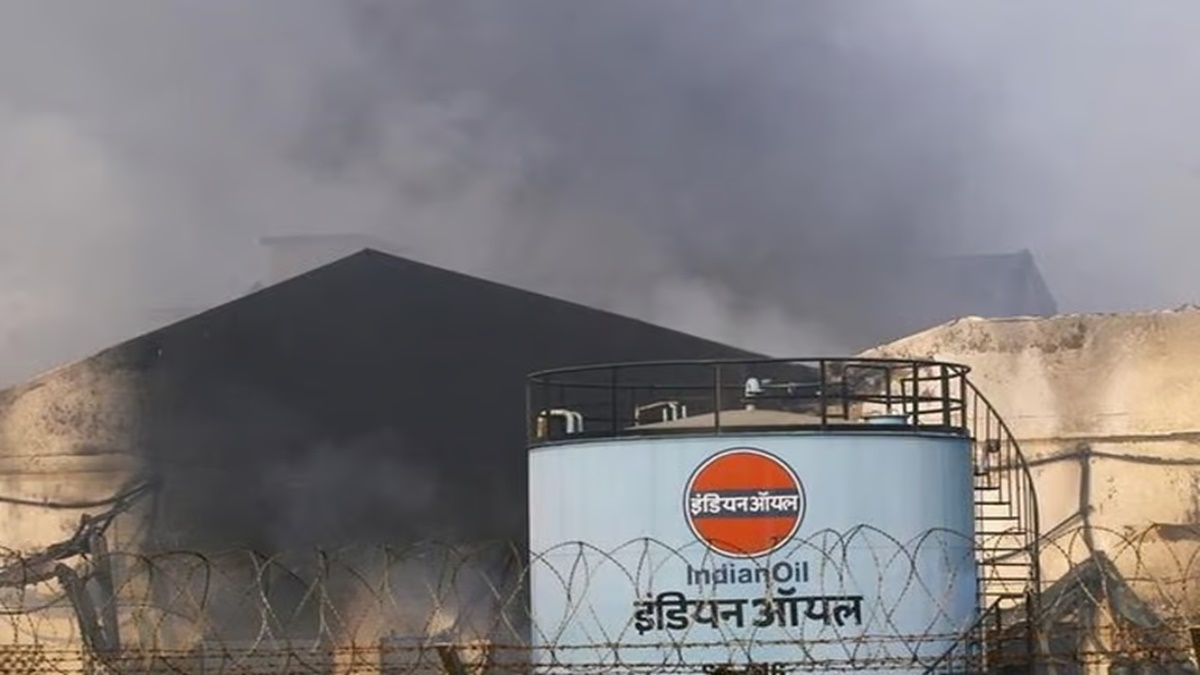By October 2014, a process to deregulate the pricing of petrol and diesel was formally completed. The decontrol had been in the offing for several years before it was initiated by the then United Progressive Alliance II government in June 2010. The final push apparently came from the decision of private-sector companies, notably Reliance Industries, to shut all their retail outlets, as they could not match the subsidised prices at which these products were sold by state-run oil marketing companies (OMCs). For sure, the decision was hugely beneficial for the central exchequer and state-owned upstream oil companies, as fuel subsidies have since been contained in great measure. They peaked at close to Rs 1 lakh crore in FY13, but has since fallen steeply — the revised estimate for FY25 is Rs 14,700 crore, and the Budget estimate for FY26 is Rs 12,100 crore.
If deregulation had not taken place, subsidy on petroleum would have been well above Rs 2 lakh crore a year now. Not only that the subsidy expenditure has been slashed, the opaque financing of it via bonds and the burden on upstream firms have been dispensed with too. In fact, the National Democratic Alliance government made a quiet attempt to eliminate petroleum subsidy in 2020 by extending the policy to liquefied petroleum gas (LPG): For several months since June that year, it did not have to deposit the subsidy on cooking gas in the bank accounts of target beneficiaries. The opportunity was provided by a drop in global LPG prices. Even as the global prices firmed up later, the government did not quickly reinstate the subsidy.
Given this background, it might appear untenable that the same government let OMCs bleed again in the first and second quarters of 2022-23, and apparently advised them against raising retail prices despite surge in costs for several periods thereafter. Immediately before the 2024 elections, the OMCs reduced petrol and diesel prices by Rs 2 a litre each, suffering losses. The pre-poll period also saw a steep Rs 300/cylinder cut in domestic LPG prices. Under-recoveries on LPG rose steeply to Rs 43,000 crore in FY25. While the expansion of Ujjwala Yojana was funded out of Budget, OMCs bore the cost of LPG price cut. On the face of it, it would seem deregulation is again being turned on its head. However, the government must be commended for restricting the policy digression to the bare minimum, and not denting the profitability of OMCs seriously.
The latest decision to fund the OMCs’ LPG losses via an excise hike of Rs 2/litre on the two auto fuels and a modest hike in cooking fuel price shows the same policy intent to even out the burden of contingent policies on their balance sheets. A modicum of caution is warranted in passing on costs to the larger economy as fuel prices are a key determinant of the inflation trajectory. In a period when monetary policy is hard-pressed to bring the inflation down, for instance, pricing of transportation fuels requires calibration. That said, auto fuels are heavily taxed in India — taxes are as high as 70% of the base price and account for 39% of retail selling price of diesel in Delhi for instance. With the world rapidly moving to electric and hybrid mobility, the revenue authorities must plan for an era when demand for petroleum fuels will be on a declining path.

